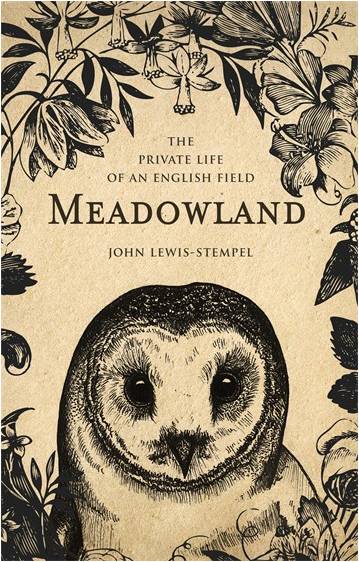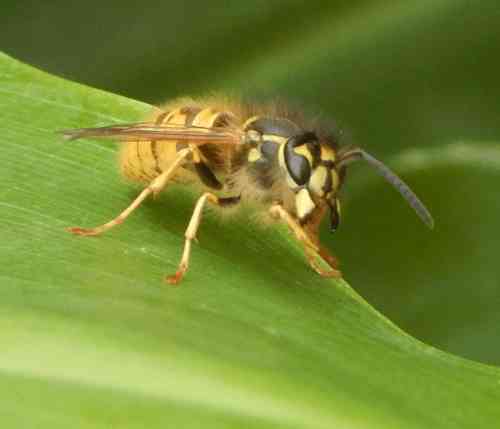Immunity Deficiency In Butterflies And Moths
This feature is a continuation of an article by Dr Rosemary Mason and Palle Uhd Jepsen. Read on or go to beginning of the feature.
Butterflies and moths in mainland Europe and the UK
A
report sent to the Natural Environment Research Council (NERC) by the
Centre for Ecology and Hydrology (CEH) in 2004 showed that butterflies
had decreased by 71% over about 20 years [45].
When the losses were compared with those of vascular plants and birds, butterflies had experienced the greatest net losses. They had disappeared from 13% of their 10-km squares.
In 2006 Butterfly Conservation sent a
report to Defra showing that farmland butterflies, which were “good
indicators of ecosystem health”, had declined by 30% over the last 10
years and the declines had accelerated in the previous three years
(2003-6) [46].
In 2007, Sir David Attenborough launched a
campaign to reverse the ‘catastrophic’ decline in Britain’s moth
population by involving volunteers in the National Moth Recording Scheme
[47].
Data from Rothamsted Research had shown that two thirds of the
337 larger moth species had declined over a period of 35 years. More
species of moth had declined in southern Britain (75%) than in northern
Britain (55%) and the South East was particularly badly affected.
The
UK Butterfly Monitoring Scheme operated by CEH and Butterfly
Conservation showed that 2008 was the poorest summer for butterfly
numbers for more than 25 years [48]. Once familiar garden species had
dwindled and some butterflies were rapidly becoming extinct in certain
areas of the country.
Madeleine Moon MP hosted a Moth and Bat
night in Parliament in October 2010, for MPs and Peers to learn about
endangered species [49].
Since 1994, the Heritage Lottery Fund had invested £800 m in projects for conservation.
The
European Red Data list of Butterflies in Europe reported in 2010 that
one third of European Butterflies had declining populations; 8.5% were
threatened, 2.8% were critically endangered, 5% vulnerable and 10%
near-threatened [50].
In Japan, as a result of species losses, a
Butterfly Conservation Trust was founded in 2004. In 2011 they reported
that 15% of species were endangered and grassland butterflies were the
most threatened.
Other pollinators; wild bees and hoverflies
A combined study in the Netherlands and UK (2006) on wild bees and hoverflies showed that pollinator declines were most frequent in those species that were habitat and flower specialists [51].
Plant species reliant on the declining pollinators had in themselves declined relative to other plant species. These parallel declines of wildflowers and their pollinators suggested that they must be causally linked.
The few
remaining wild bee populations in the North East and southern fringes of
Britain and in the middle and southern Netherlands were in sharp
decline.
Continues....
birds
Meadowland
by
John Lewis-Stempel
A review of this beautiful nature diary

Create a
lawn for bees




